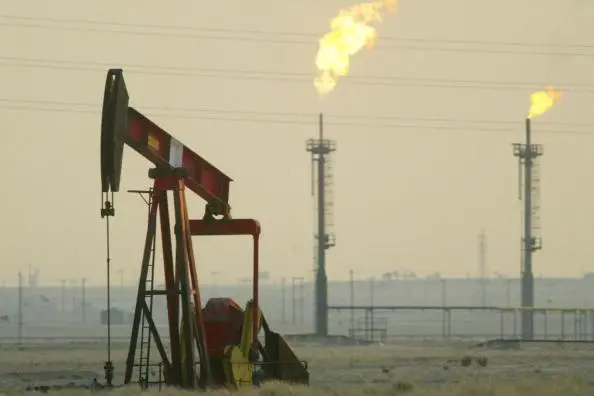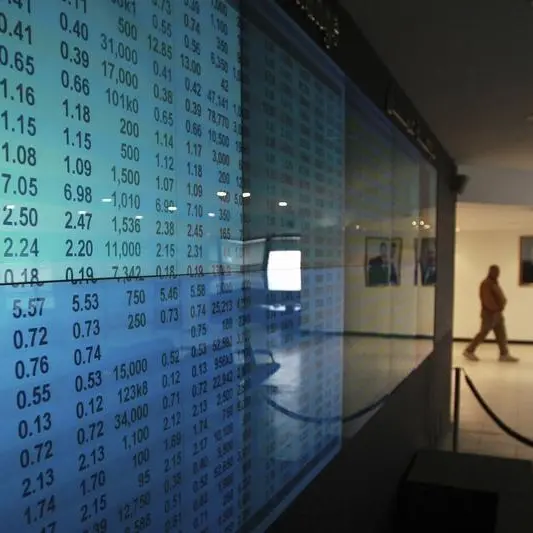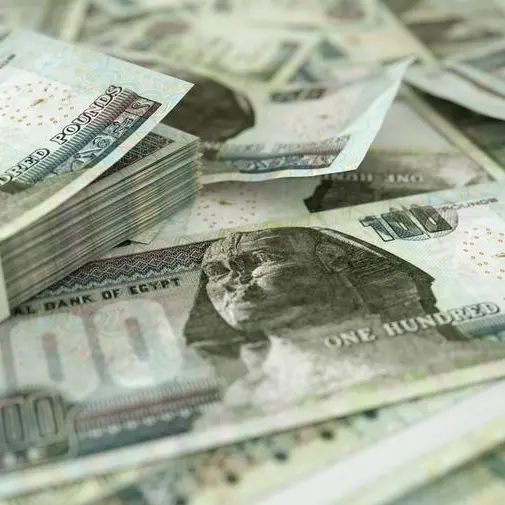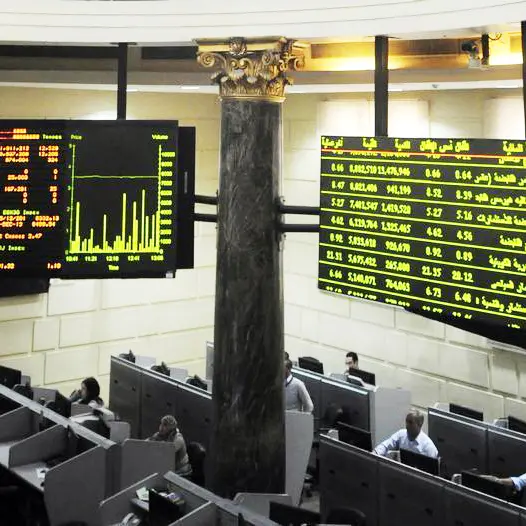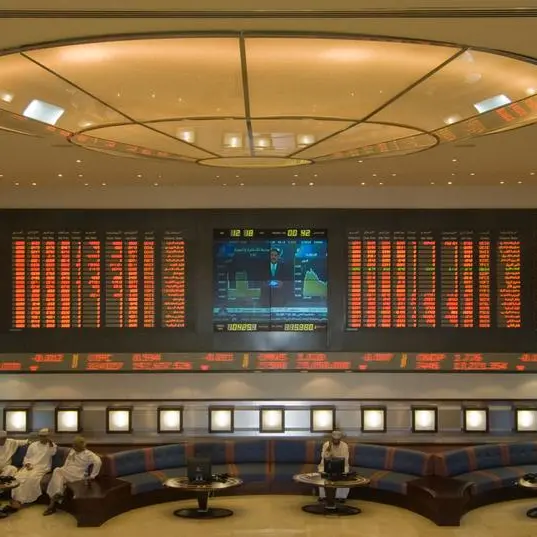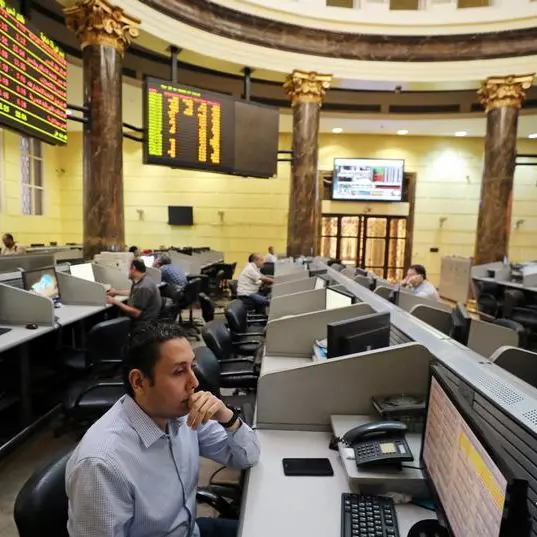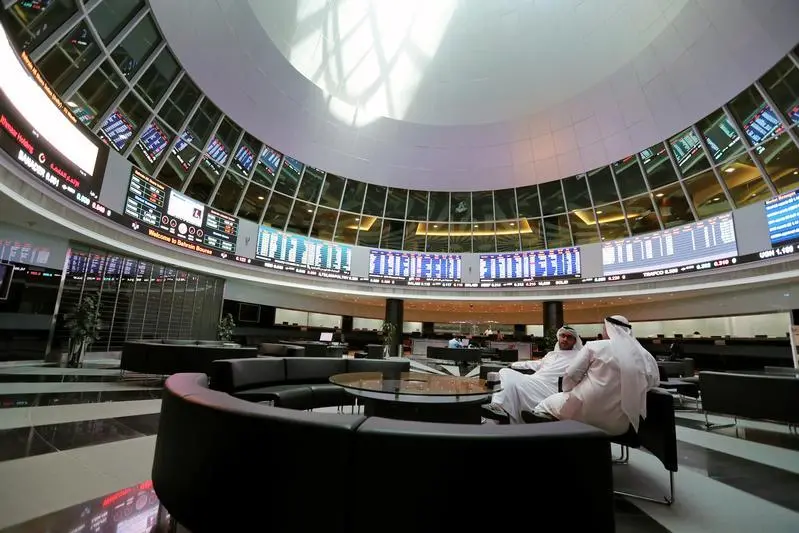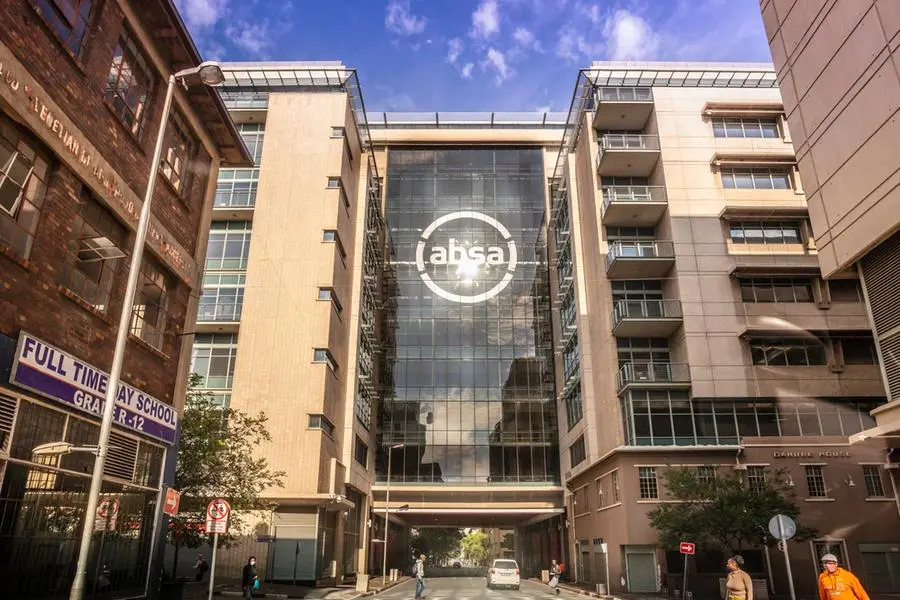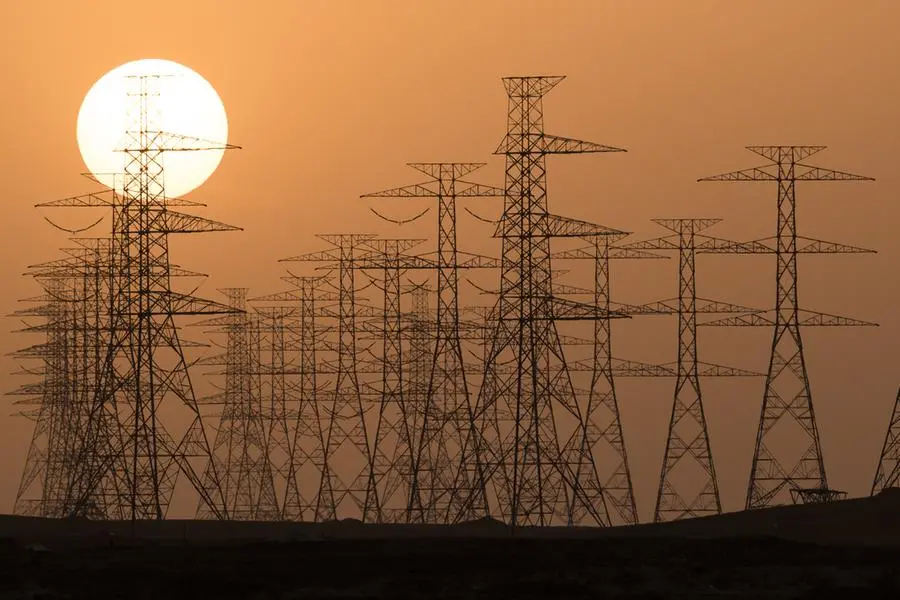PHOTO
Image used for illustrative purpose. A derek pumps in a oil field January 15, 2003 near the Saudi Arabian border, Kuwait.
LONDON - The recovery in oil prices since the downturn of 2014/15 looks a lot like the upward adjustments that followed the slumps of 2008/09 and 1997/98, which could provide clues about what happens next.
The oil market is strongly cyclical, and although no two cycles are the same, they often show similar characteristics (“Cyclical behaviour of oil prices”, Reuters, June 4, 2018).
Spot prices and calendar spreads exhibit cyclical movements that correlate closely with the market, alternating between periods of under- and over-supply.
Brent’s six-month calendar spread seems to have reached a major cyclical peak in April 2018, up from a post-slump trough in January 2015, before trending downwards.
Spot prices may have reached a similar peak in early October 2018. Although it is too early to be certain, most hedge funds and other money managers have liquidated a large share of their bullish positions in recent weeks.
In the recent recovery, Brent calendar spreads rose for 39 months from trough to the first major peak, which is roughly comparable with recoveries in 1998-2000 (21 months) and 2009-2011 (33 months).
Spot prices have risen for 33 months from trough to their peak in October, which is also broadly comparable with recoveries in 1998-2000 (22 months) and 2008-2011 (28 months).
Oil prices, spreads and the reactions of producers and consumers suggest the market has passed the first major cyclical peak after the slump of 2014/15.
MARKET REBALANCING
In the recovery phase of the cycle, the oil market is characterised by a rapid advance in consumption and a slower increase in production, absorbing excess inventories built up during the preceding slump.
But as spot prices increase and calendar spreads tighten, consumption growth slows and production growth accelerates, eventually arresting and reversing the rise in spot prices and spreads.
This cyclical sequence describes the oil market’s development in 2018 almost perfectly, confirming this is a fairly typical cyclical recovery (notwithstanding the novelty of OPEC+ and U.S. sanctions on Iran).
Consumption growth has started to slow in the advanced economies and emerging markets in response to higher prices while output is rising strongly in the United States, Russia, Saudi Arabia and other Gulf countries.
Spot prices and spreads are now softening to avert or at least mitigate a period of potential oversupply in 2019/2020.
Lower prices should eventually restrain the excessive growth in output from OPEC+ members and especially U.S. shale producers as well as buying back some lost consumption growth.
Shocks could still move oil prices sharply higher or lower in the coming months, with Iran sanctions, further disruption in Venezuela, Libya or Nigeria, and an economic recession the most likely candidates.
After the major cyclical peak in 2011, prices remained relatively high, albeit gradually declining, for three more years, as a result of supply disruptions in Libya, Venezuela, Nigeria, Iraq and Iran.
Something similar could keep oil prices elevated throughout 2019/2020, especially if production from Iran, Venezuela or Libya collapses.
But unless there is another shock, the cyclical recovery that began in 2015/2016 now appears complete and oil prices are adjusting to prevent oversupply and an unwanted build-up of stocks in 2019/2020.
(Editing by Dale Hudson) ((amanda.cooper@thomsonreuters.com; +442075423424; Reuters Messaging: amanda.cooper.thomsonreuters.com@reuters.net; Twitter: https://twitter.com/a_coops1))
